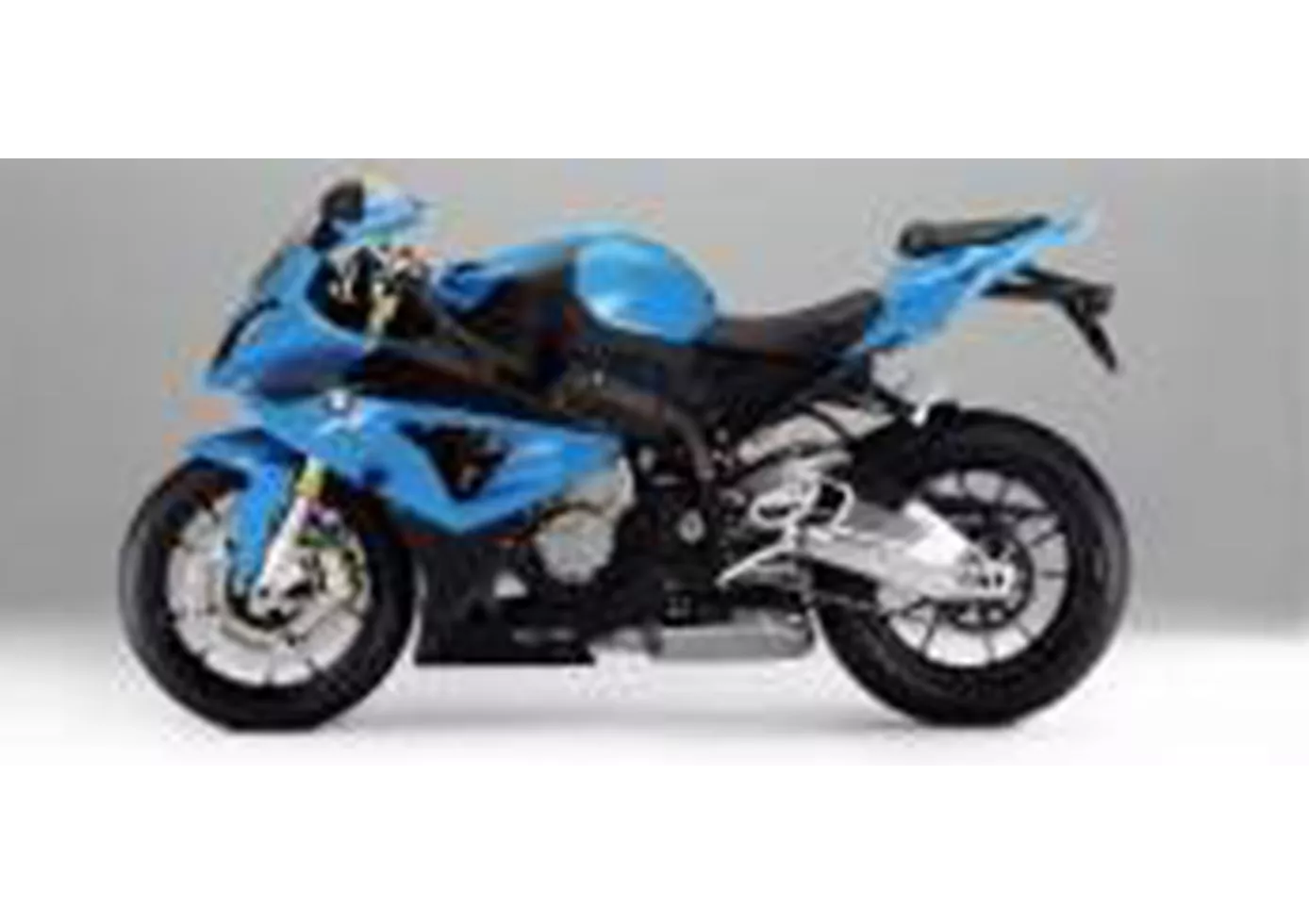BMW S 1000 RR 2012 vs. Yamaha R1 2015

BMW S 1000 RR 2012

Yamaha R1 2015
Overview - BMW S 1000 RR 2012 vs Yamaha R1 2015
The BMW S 1000 RR model year 2012 and the Yamaha R1 model year 2015 are both high-performance supersport motorcycles that offer exhilarating riding experiences. While they share some similarities in terms of engine specifications and dimensions, there are also notable differences between the two.
In terms of engine and drive train, both motorcycles have a 4-cylinder engine with a similar displacement of around 1000cc. The BMW S 1000 RR has a slightly larger bore and stroke, measuring at 80mm and 49.7mm respectively, compared to the Yamaha R1's 79mm bore and 50.9mm stroke. The BMW S 1000 RR produces 192 horsepower, while the Yamaha R1 boasts a slightly higher power output of 200 horsepower. Both motorcycles have a compression ratio of 13, indicating their high-performance nature. The torque output is similar, with the BMW S 1000 RR producing 112 Nm and the Yamaha R1 producing 112.4 Nm.
In terms of suspension, the BMW S 1000 RR features a telescopic fork at the front, while the Yamaha R1 is equipped with an upside-down telescopic fork. Both motorcycles have an aluminum frame, with the BMW S 1000 RR featuring a twin tube frame and the Yamaha R1 featuring a Deltabox frame. The braking system on both motorcycles consists of double disk brakes at the front.

BMW S 1000 RR 2012
In terms of dimensions and weights, there are some differences between the two motorcycles. The BMW S 1000 RR has a slightly longer wheelbase of 1432mm compared to the Yamaha R1's 1405mm. The seat height on the BMW S 1000 RR is 820mm, while the Yamaha R1 has a higher seat height of 855mm. The kerb weight of the BMW S 1000 RR is 207kg with ABS, slightly heavier than the Yamaha R1's 199kg. Both motorcycles have a fuel tank capacity of around 17 liters.
Now let's discuss the strengths and weaknesses of each motorcycle. The BMW S 1000 RR 2012 is praised for its complete electronic equipment, including advanced features such as traction control and ABS. It also has a strong engine that delivers impressive performance on the road. Additionally, the BMW S 1000 RR has an appropriate appearance that appeals to riders looking for a sporty and aggressive design.

Yamaha R1 2015
On the other hand, the Yamaha R1 2015 is known for its exhilarating sound and rev-happy engine with a strong peak. Riders often praise the Yamaha R1 for providing a great racing feeling in the saddle, making it a popular choice for track enthusiasts. The Yamaha R1 also boasts a superior electronics package, offering advanced features such as quick shifter and launch control. Furthermore, the Yamaha R1 is known for its high-quality workmanship, ensuring durability and reliability.
However, the BMW S 1000 RR 2012 has been criticized for having a somewhat complicated chassis that takes some time to get used to. On the other hand, the Yamaha R1 2015 has been reported to have a torque sag in the middle, which can affect its performance. Additionally, some riders have mentioned stability issues in the braking zone with the Yamaha R1.
In conclusion, both the BMW S 1000 RR 2012 and the Yamaha R1 2015 are formidable supersport motorcycles with their own strengths and weaknesses. The BMW S 1000 RR offers a complete electronic package and a strong engine, while the Yamaha R1 provides a thrilling racing experience and superior electronics. Ultimately, the choice between the two would depend on the rider's preferences and priorities.
Technical Specifications BMW S 1000 RR 2012 compared to Yamaha R1 2015
Pros and Cons in comparison
Pros and Cons in comparison
BMW S 1000 RR 2012

What remains is fascination, bewilderment and fear. You can't shake the uneasy feeling that you're not quite yourself on this bike. It feels like a heavy metal concert with earplugs.
Yamaha R1 2015

The new R1 is a big hit and no longer compares to the previous model. This was considered a good country road bike and heavy investments had to be made for excursions to the race track. Now it is the other way round. The new R1 has been developed with a clear focus on the race track. The electronics package seems outstanding, technology freaks will get their money's worth. Yamaha fans have to buy it, they finally have a worthy motorbike. The R1 has slight weaknesses when braking - it becomes a little unstable here. If you want to buy a ready-made racing bike without having to work on the chassis, you'd better go for the R1M. The Öhlins electronic suspension works perfectly and has no weaknesses. For pure racetrack use, the second weakness of the R1 can easily be ironed out. The torque hole in the middle can be easily ironed out with a new mapping.
Price Comparison Avarage Market Price BMW S 1000 RR vs Yamaha R1
There are a few key differences between a BMW S 1000 RR 2012 and a Yamaha R1 2015. There are the same number of bikes of both models available on the 1000PS.de marketplace, specifically 10. It takes less time to sell a BMW S 1000 RR with 64 days compared to 76 days for a Yamaha R1. Since model year 2010 1000PS.de editors have written 135 reviews for the BMW S 1000 RR and 80 reviews for the Yamaha R1 since model year 2005. The first review for the BMW S 1000 RR was published on 4/16/2008 and now has more than 4,000 views. This compares to more than 3,900 views for the first review on Yamaha R1 published on 4/28/2003.




















